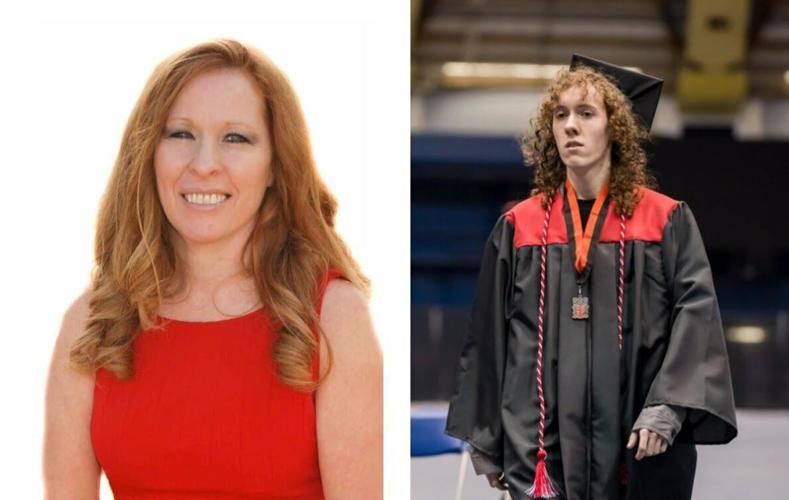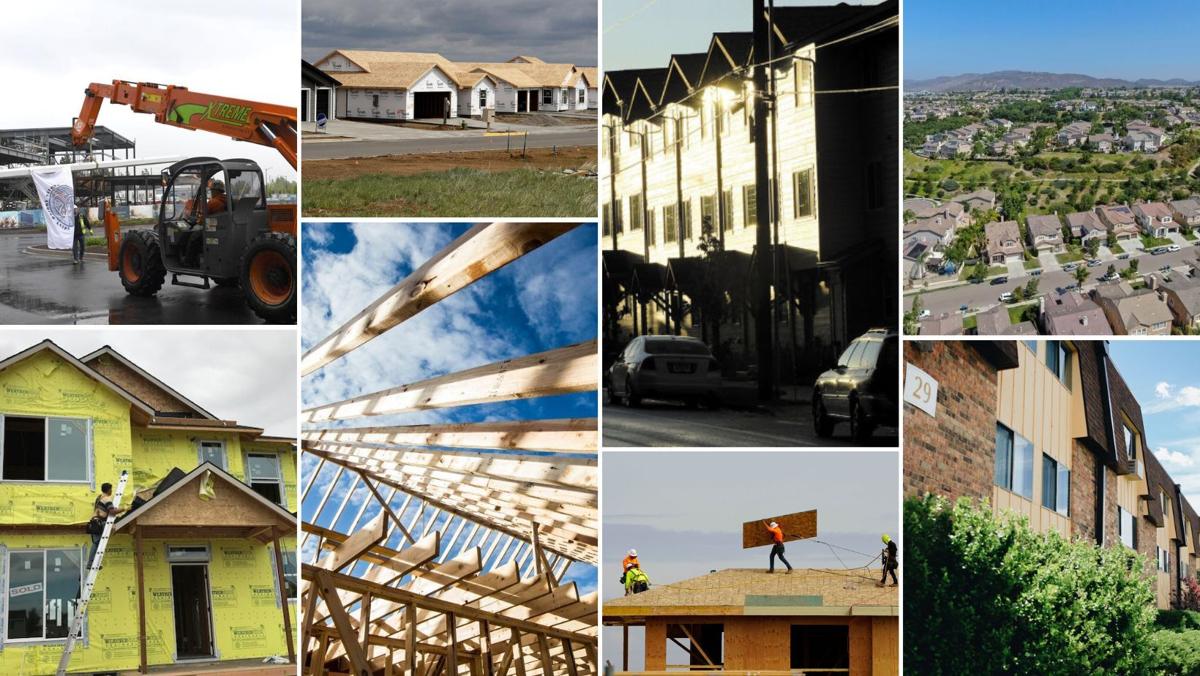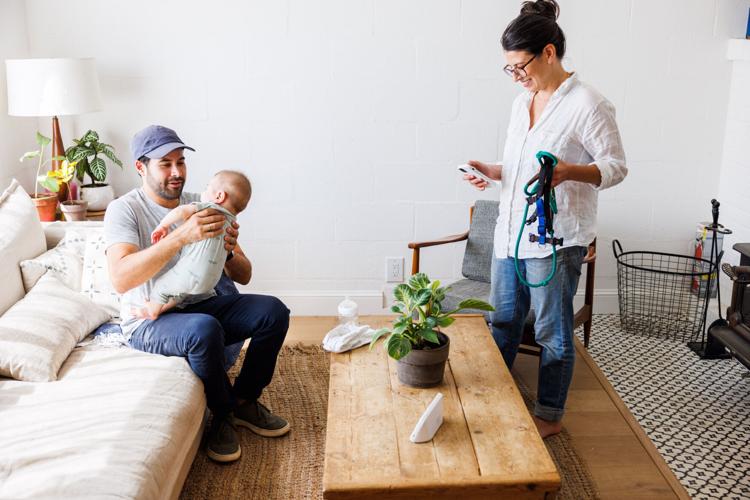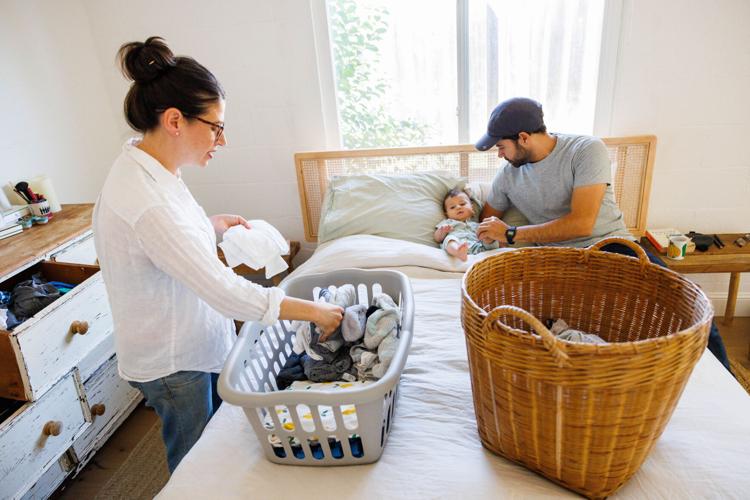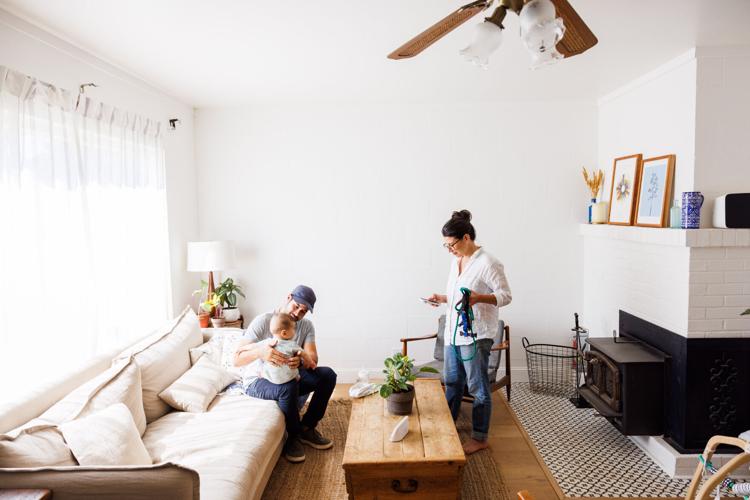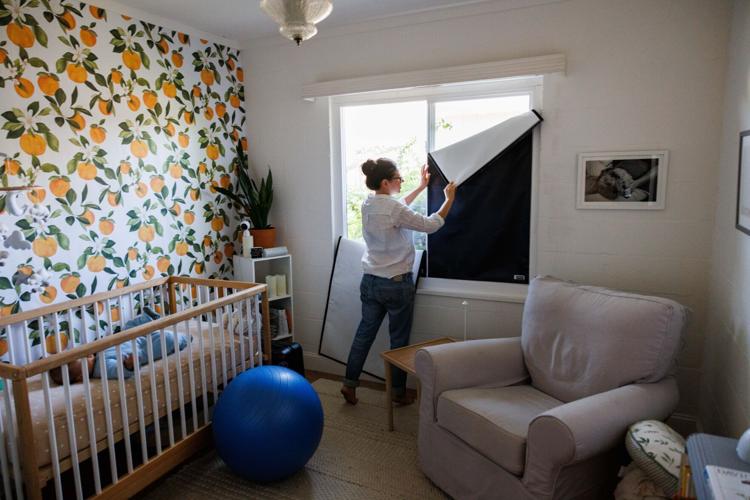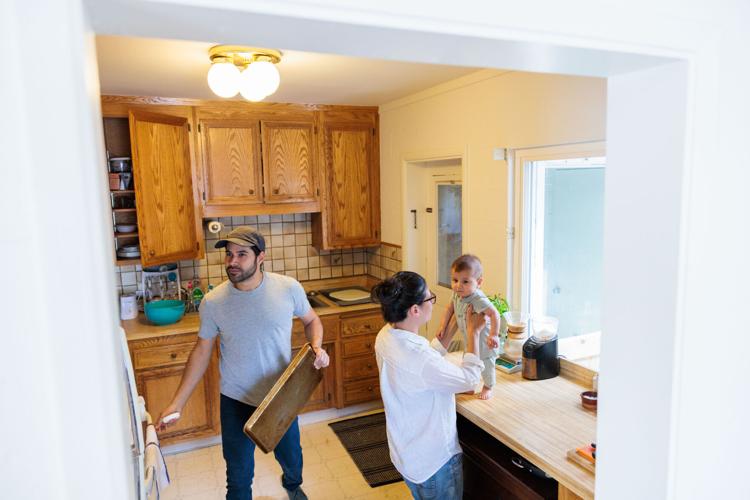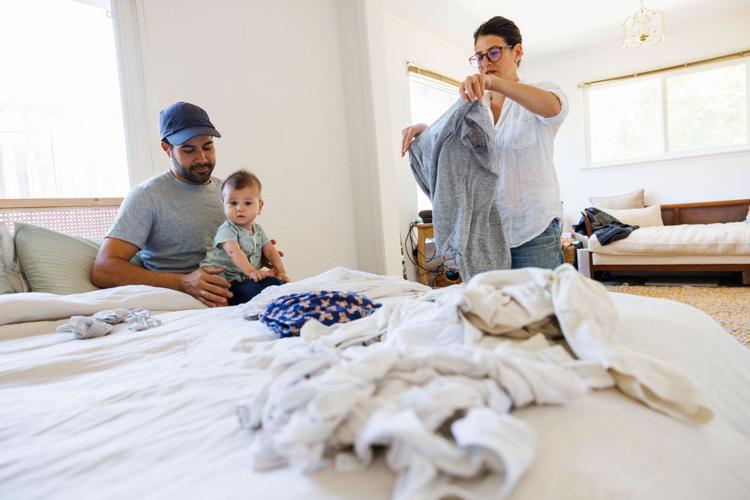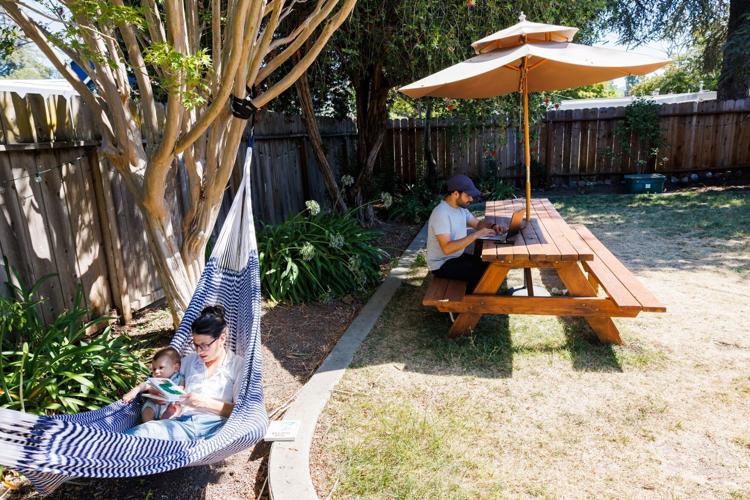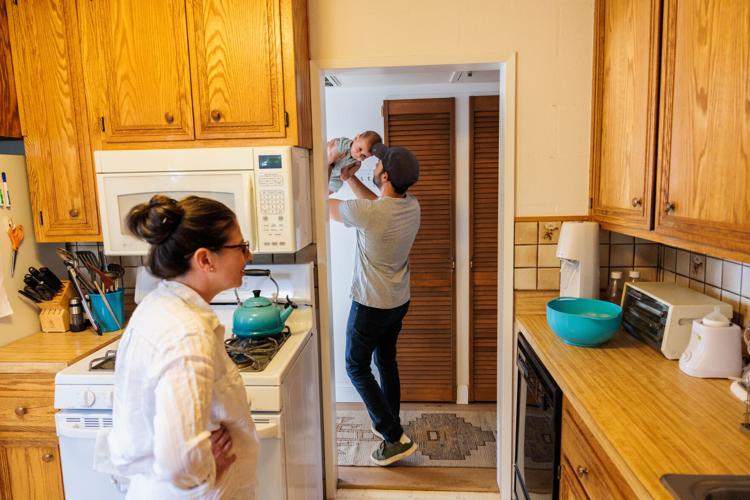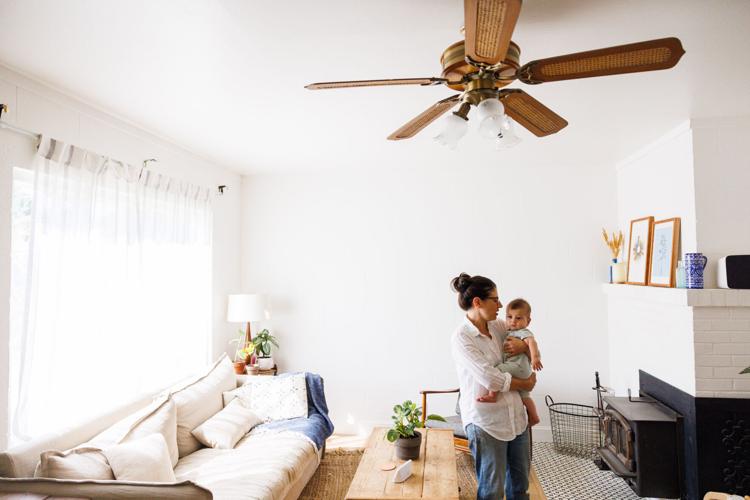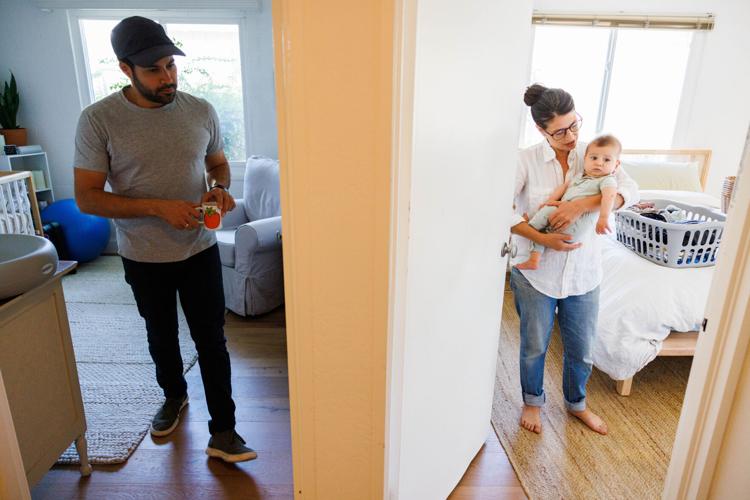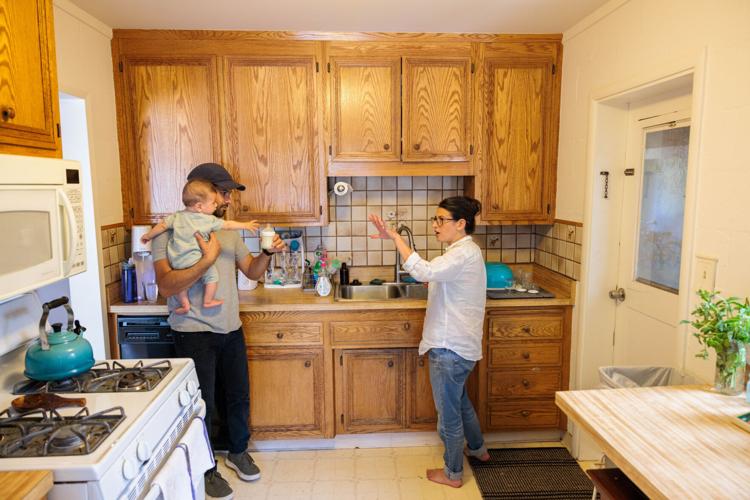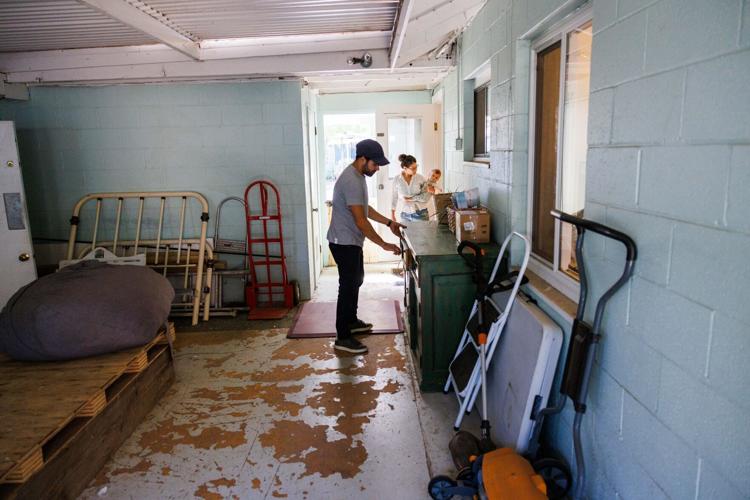Note: This story is part of Squeezed Out, a series from Lee Enterprises that focuses on the escalating housing crisis in the West. Across the region, costs associated with renting or buying property have skyrocketed, forcing many individuals and families to redefine the meaning of home. More than one dozen reporters, photographers and editors across the West contributed to this project.
Home ownership remains Americans’ top financial priority, but many would-be buyers in the West see little chance of achieving that goal.
Even as the historic housing-price runup slows, middle-class buyers are struggling like never before to find a home they can afford in a place where they want to live.
House-hunters are finding fewer homes for sale as builders ease off on new construction, and when they do put in bids they find themselves competing against out-of-state investors whose all-cash offers are hard for sellers to resist.
Landlords are jumping into the frenzy and selling rental properties, driving apartment availability down and rents up.
This imperfect storm has sparked a housing affordability crisis that is especially severe in western states, where the cost of buying a home has spiked as much as 25% in some cities in just the past year.
In western Montana’s Ravalli County, the median home sales price went from $309,000 in 2019 to $682,500 in June of 2022, according to the Missoula Organization of Realtors. That’s a 120.8% increase.
Despite rising prices, however, the desire for home ownership remains strong.
“Asked to rank the hallmarks of economic prosperity, 74 percent of Americans say they place the highest priority on owning a home,” an analysis by New York-based Bankrate says. That outranks the ability to retire (66%), have a successful career (60%), own an automobile (50%), have children (40%) and get a college degree (35%).
Napa, California house hunters Adam Padilla and Caroline Helper were among that group. They started looking to buy a house in the spring, but their bids were repeatedly rejected.
“I was very discouraged,” Padilla said. “We’re trying to build a life here and be a part of the community … but Napa is trying to push us out. It felt like we weren’t welcome.”
They ended up buying a house for $75,000 over the listing price of $575,000.
“I knew that was the game we were playing,” Padilla said. “The listing price was never the asking price; it was the starting price.”
PHOTOS: First time home buyers Caroline Helper and Adam Padilla
How we got here
The inventory of homes for sale was already tight as the nation slowly recovered from the 2008 housing crash.
Construction on new infill houses, subdivisions and even master-planned communities started once again in 2015 and 2016.
Then came the COVID-19 pandemic, which changed everything.
Unsure what the broad lockdowns and closures of businesses and schools would mean for new housing, many homebuilders paused construction in early 2020.
The federal government stimulated the economy with checks, mortgages were forgiven for a time, and interest rates dropped.
That resulted in growing savings accounts and, as weeks turned into months at home, juggling a laptop and a toddler, many people decided it was time to move up from an apartment to a house, or to trade their starter home for something roomier.
Caroline Helper and Adam Padilla describe their journey as first time home buyers in Napa, California.
In the summer of 2020, homebuilders began eagerly pulling building permits again and existing homes were selling within days of being listed — often for substantially more than the asking price.
As the pandemic entered its second year, many employers made work-from-home permanent, leaving workers free to relocate from expensive markets and buy homes in smaller markets with cash.
Suddenly places such as Tucson; Casper, Wyo.; Rapid City, S.D.; and Missoula, Mont., were greeting new residents and watching housing prices rise and rise.
Investors got in on the action, snapping up homes and flipping them into rentals for younger, remote workers wary of committing to a 30-year mortgage.
Housing analysts called it all crazy and declared it unsustainable.
But the sizzling hot market continued into 2022, when inflation and rising gasoline prices started to take a toll.
The federal government once again intervened by raising mortgage rates to try and cool things down.
Mortgage rates went from around 3 percent at the beginning of the year to a current average of about 5.5 percent on a 30-year loan.
That pushed up monthly payments for traditional buyers who were already paying more to fill up the gas tank and buy groceries.
This summer, homebuilders have faced a surge of cancellations of homes under construction by people who had placed down payments on new homes and then backed out as interest rates rose. Builders have paused on new-home starts while they try to find new buyers for the homes already under construction.
“This places many builders in a ‘wait and see’ mode,” said Jim Daniel, a housing analyst in Arizona.
In the coming months, the ability to sell those homes already under construction will determine if homebuilder confidence returns.
If not, consumers will continue to struggle to find a home within reach.
Must pay above asking price
Some buyers see no choice but to spend more than they intended to buy a house.
After living in western Montana’s Bitterroot Valley for years, Ann Damrow and her husband decided to move to Spring Creek, Nevada, where their son and his family live.
When the couple found a home they liked, they were advised to act quickly and offer more than the asking price.
“I was going to just offer a certain amount, which I thought was fine, and my husband said that will never do it,” Damrow said. “So he took the phone, and we offered them ‘x’ amount over, which I thought was really high.”
That offer got them the house — which they had never seen in person.
Their home in Montana had two offers the day after being listed, both for more than the asking price.
“They didn’t even ask for an appraisal; they didn’t ask for anything, They just wanted to throw cash at us,” Damrow said. “It was amazing.”
Some buyers are still trying, but not finding much success.
Flagstaff unaffordable
Tammy Day’s husband used to be a truck driver, so the two have traveled across the country. They decided to move west after discovering the dry climate was easier on Day’s health.
After some shopping around, they fell in love with Casper.
“The people that we met were very friendly,” Day said. “We didn’t meet a single person that we would classify as a stranger.”
But the couple is in the unenviable middle-class position of making too much for income-restricted housing in Casper but not enough for market-rate.
Tina Cubbon moved to Flagstaff in 2016 with her son, who is now 18.

Tina Cubbon, left, and son
They had been driving up from Phoenix every weekend so he could compete on the USASA snowboard team and decided to move there.
After the condo they rented for the first year was put up for sale, Cubbon found their current apartment.
She has wanted to buy a home for a while, but “housing prices started going up but not like they did last year. This last year was crazy.”
Cubbon switched careers during the pandemic so she needs to stay in her job for two years before she can qualify for a loan. Two years will be up in March, but she expects a longer wait for Flagstaff’s housing market to cool down.
“The average home price in Flagstaff for a two-bedroom home is $600,000,” she said. “The FHA loan limits in Flagstaff are $441,600 — the last time I checked — which means I’d have to come up with a down payment of around $100,000 to $160,000 in order to qualify for a home.
“The homes that are around the $400,000 price range are few and far between,” she added. “Home prices in the $300,000 price range — they do not exist.”
‘It just got so competitive’
San Diego resident Nicole Hernandez spent seven months searching for a house for herself, her husband and her 13-year-old son.

San Diego resident Nicole Hernandez spent seven months searching for a house for herself and her family. The owner of the house they had been renting decided to sell because the market was so hot.
The owner of the house they had been renting decided to sell because the market was so hot.
They awere hoping this would be their chance to buy their own home.
“It just got so competitive,” Hernandez said. “People were buying in cash, and people were outbidding other bidders just to be able to get the home. If you didn’t go and look at the house when your realtor says, ‘We’ve got an appointment’ — say you’ve got work or something — that house was gone within that weekend.
“It forced us out of the market.”


